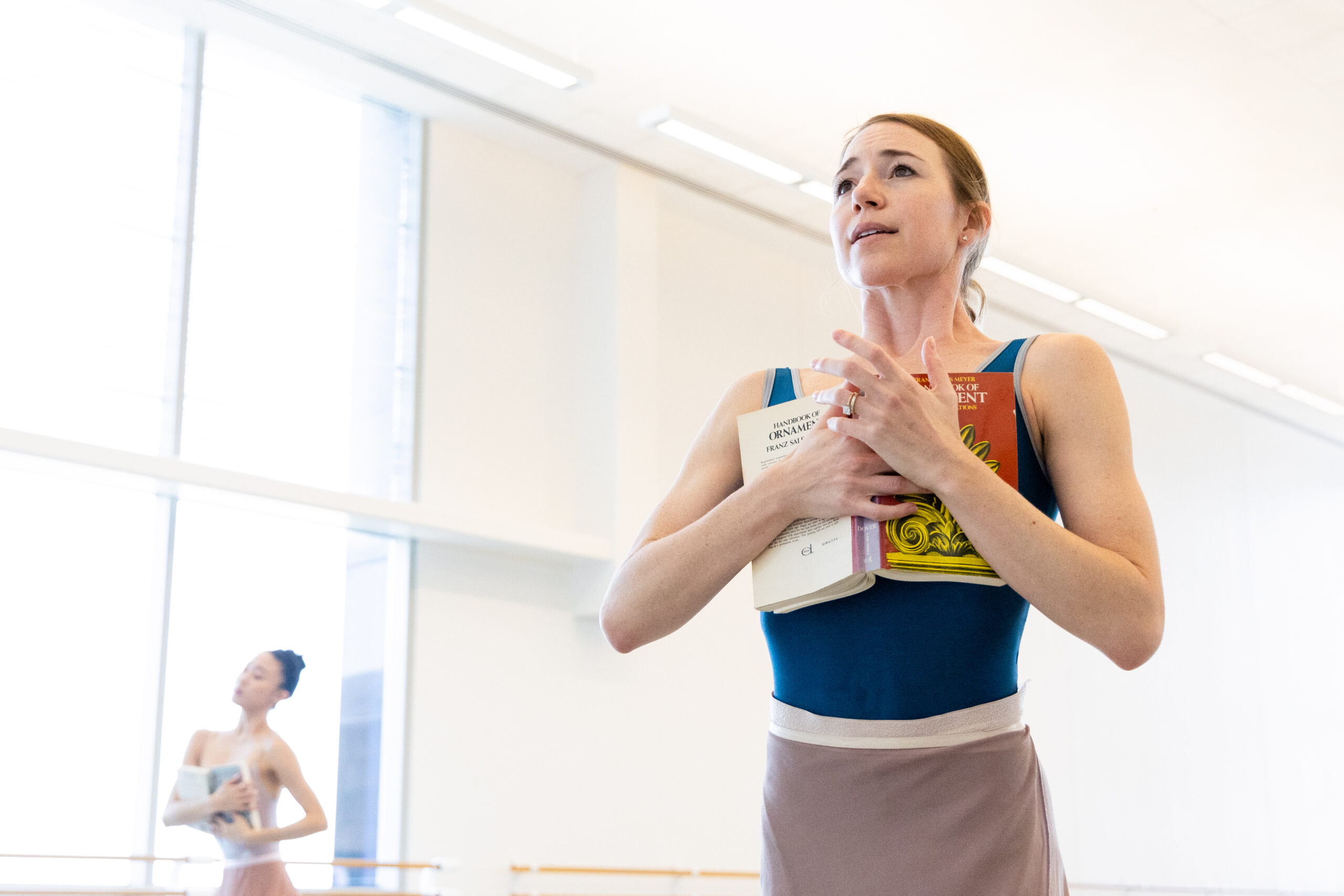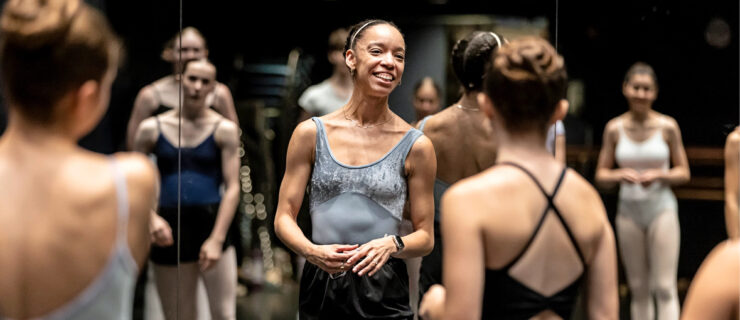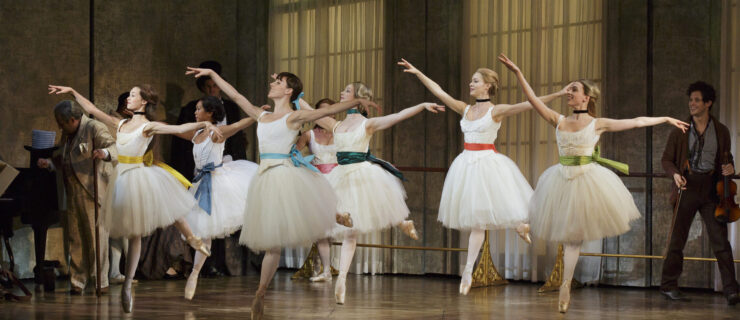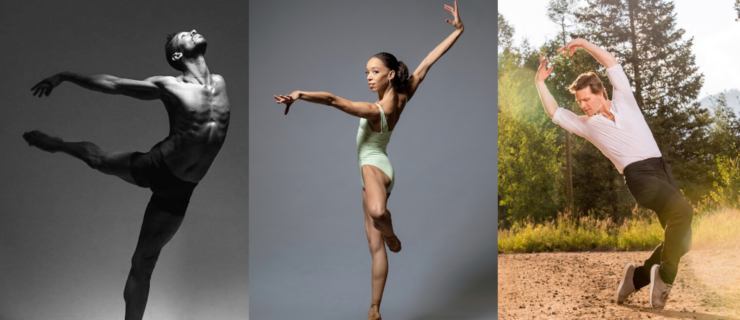Cathy Marston Brings the Heat at Houston Ballet With the World Premiere of Summer and Smoke
It will be a steamy spring season at Houston Ballet when the company premieres Cathy Marston’s Summer and Smoke, a new ballet inspired by Tennessee Williams’ play, March 9–19. Set to a commissioned score by Michael Daugherty, this co-production with American Ballet Theatre chronicles the ill-fated romance between Alma, a minister’s pious daughter, and John, a dashing young doctor.
Pointe sat down with Houston Ballet principal Jessica Collado to talk about embodying the character of Alma and working with Marston on the page-to-stage process.
How did you prepare for the role of Alma?
Cathy was so descriptive and clear from the beginning as far as our characters go. She gave me a list of adjectives that described Alma. She’s anxious, nervous and religious. Then I would think of ballet steps that would emulate those characteristics, like an agitated pas de bourrée couru, and from that list of steps we would create phrases. This process made it so I could peel away layers to find who Alma is, what she stands for and what motivates her. It was such a fun process for me because I love the storytelling aspect of ballet.
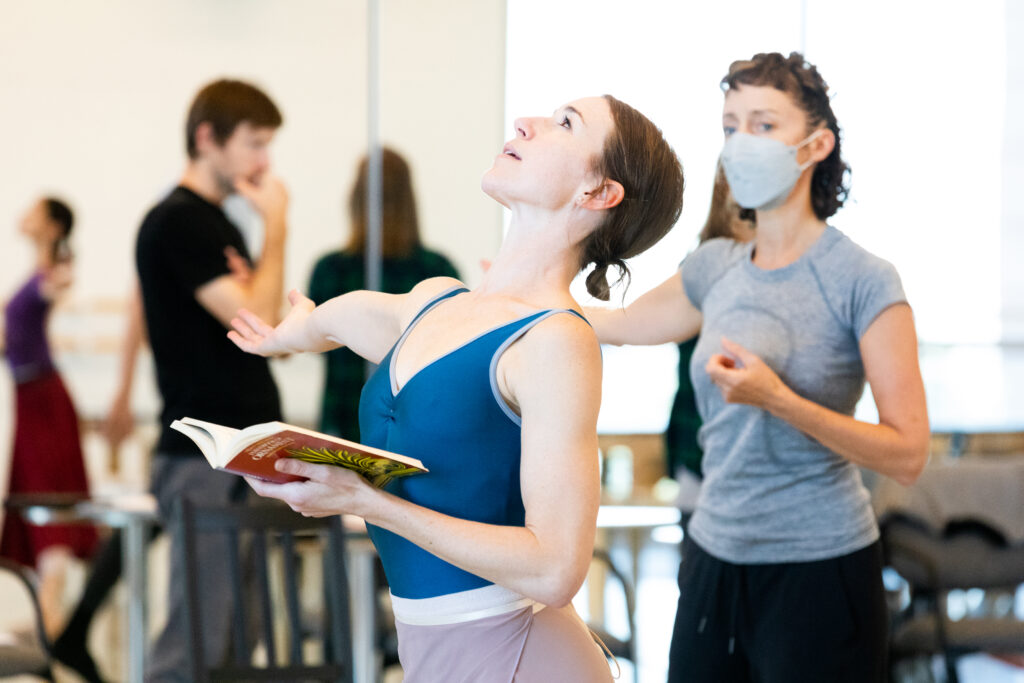
Did reading Tennessee Williams’ play inform your process?
I read the play in between Cathy’s two visits setting the piece because I wanted some dialogue in my head. I also got a sense of Williams’ scenic design. The stage directions are so descriptive, I could see the ballet happening in my head.
What were some challenges in telling Alma’s story? It’s full of emotional conflict from her relationship with John, the doctor.
It is difficult to play this nervous person with a sputtering heartbeat who gets so easily overwhelmed, while also making the choreography seamless. John and Alma have six pas de deux throughout the ballet, and each has its own emotional state, yet they never find a way to be together.
Marston talked about dance’s ability to convey two feelings at once, “something that words can’t do,” in a promotional video. How do you see that idea playing out in the choreography?
My footwork can be calm and collected, yet I have nervous arms. John looks at me, and I try to stay collected, but my feet are emulating my racing heartbeat. That juxtaposition really plays in my favor to show [Alma’s] character.
Can you talk about your partnership with Chase O’Connell, who plays John? You two were wonderful together in Stanton Welch’s Red Earth earlier this season.
Chase has been great to work with and totally willing to dive in. There are crazy lifts in this ballet—lifts I have never done before—and he has the capacity to make them work. He’s a very experienced partner, and Cathy was great in letting us be natural in the way we depict Alma and John. She did not force these characters on us and told us to use our personalities. She liked the rapport that we had developed.
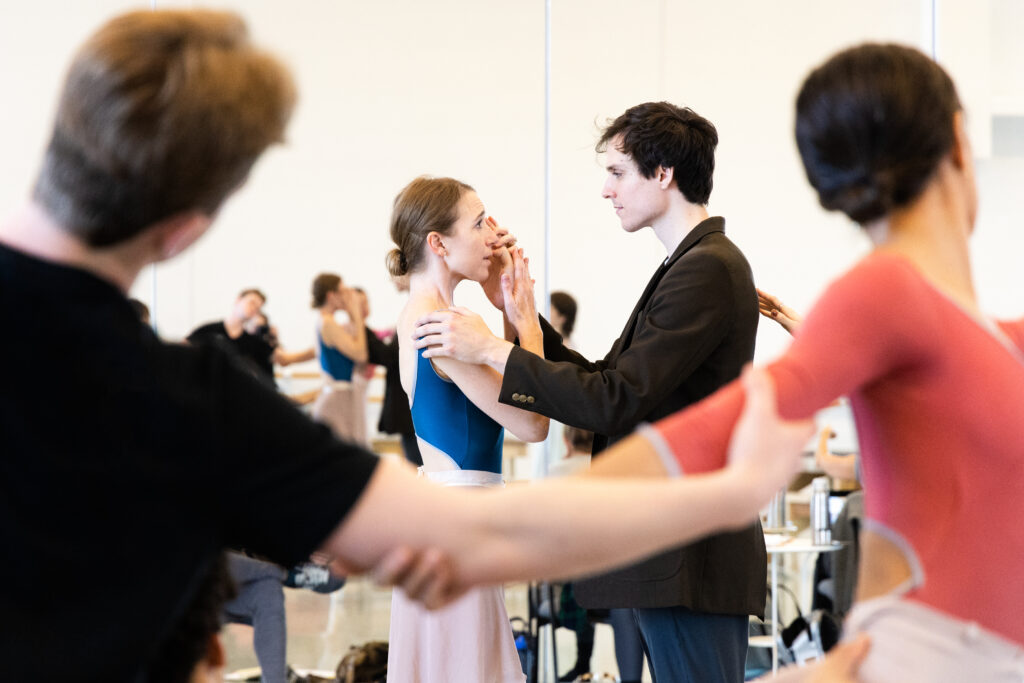
In the ballet, Marston transforms the iconic angel fountain from Williams’ play into a living, breathing and dancing entity, complete with a six-dancer entourage. Tell us about your “pas d’ange.”
The fountain is a place where Alma goes to pray. She asks for patience and guidance. I think of the fountain as my conscience. The six dancers function like a chorus and are like the thoughts in my head.
Marston mentioned that although it’s a sad story, it’s also one about finding yourself. How do you see that idea manifested in the choreography?
Alma realizes that she needs to feel her body and her mind. The ballet does end on a happy note in that she’s a different person who feels comfortable in her body. She is an open, changed woman who has turned a page in life and now has an optimistic outlook.
What can audiences expect in terms of the feeling of the ballet?
It has a little bit of everything. It’s a love story, and there’s drama, action, very technical dancing and fabulous design. It is going to be intimate at times, maybe even smoky. Also, Michael Daugherty’s score is motion picture epic, and it builds like the emotions in the piece. It’s a big ballet, like a three-act, but in an hour.
